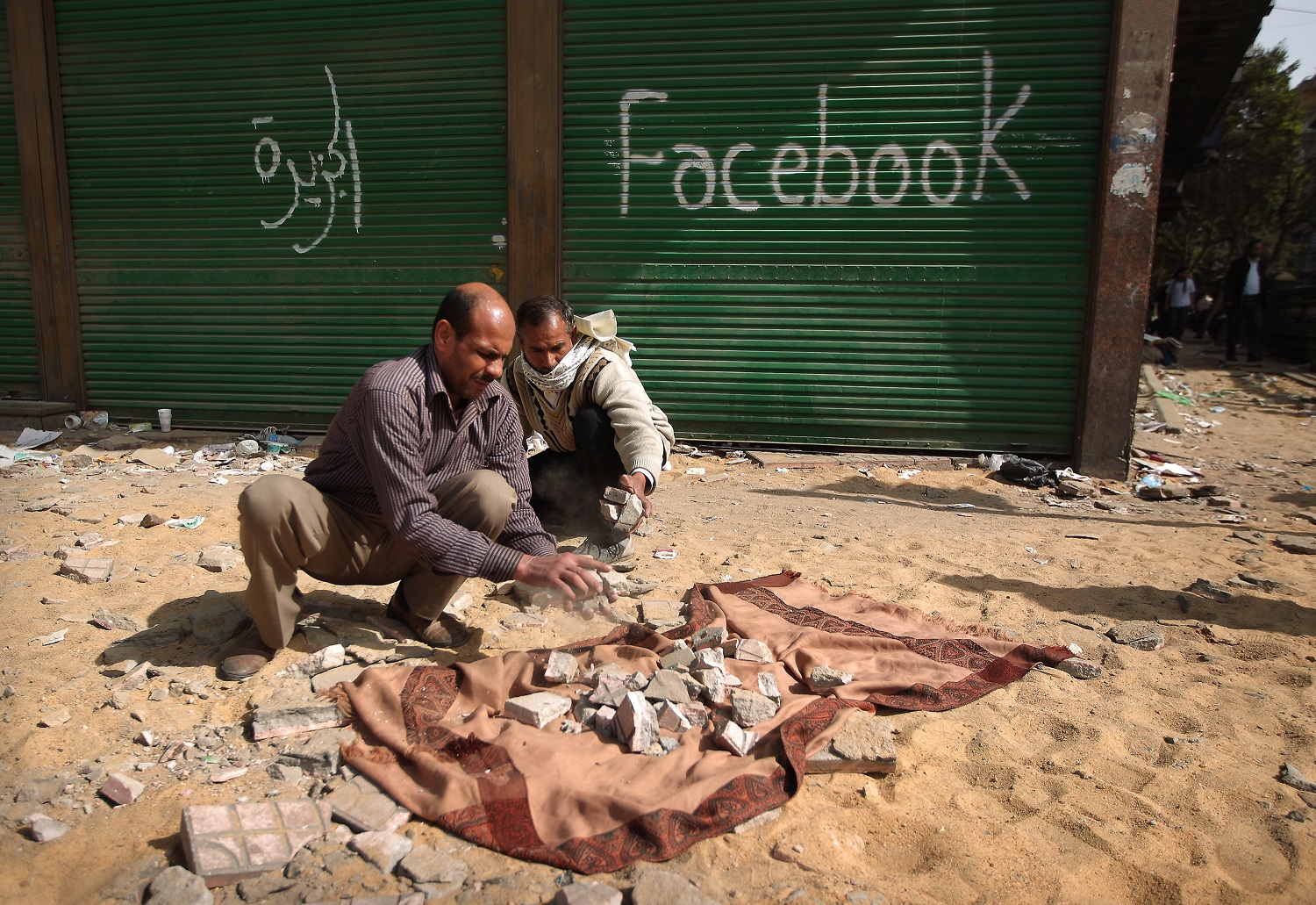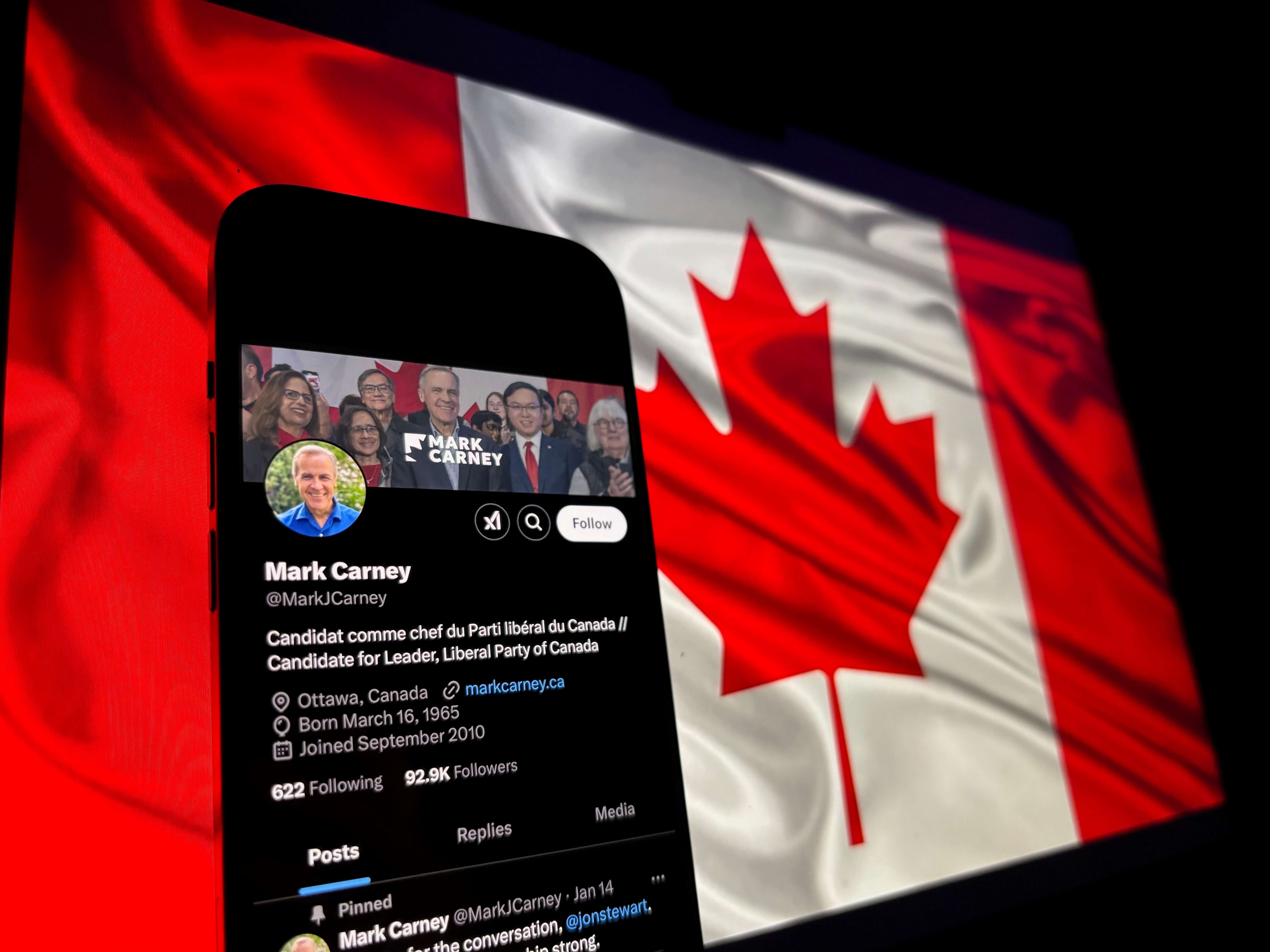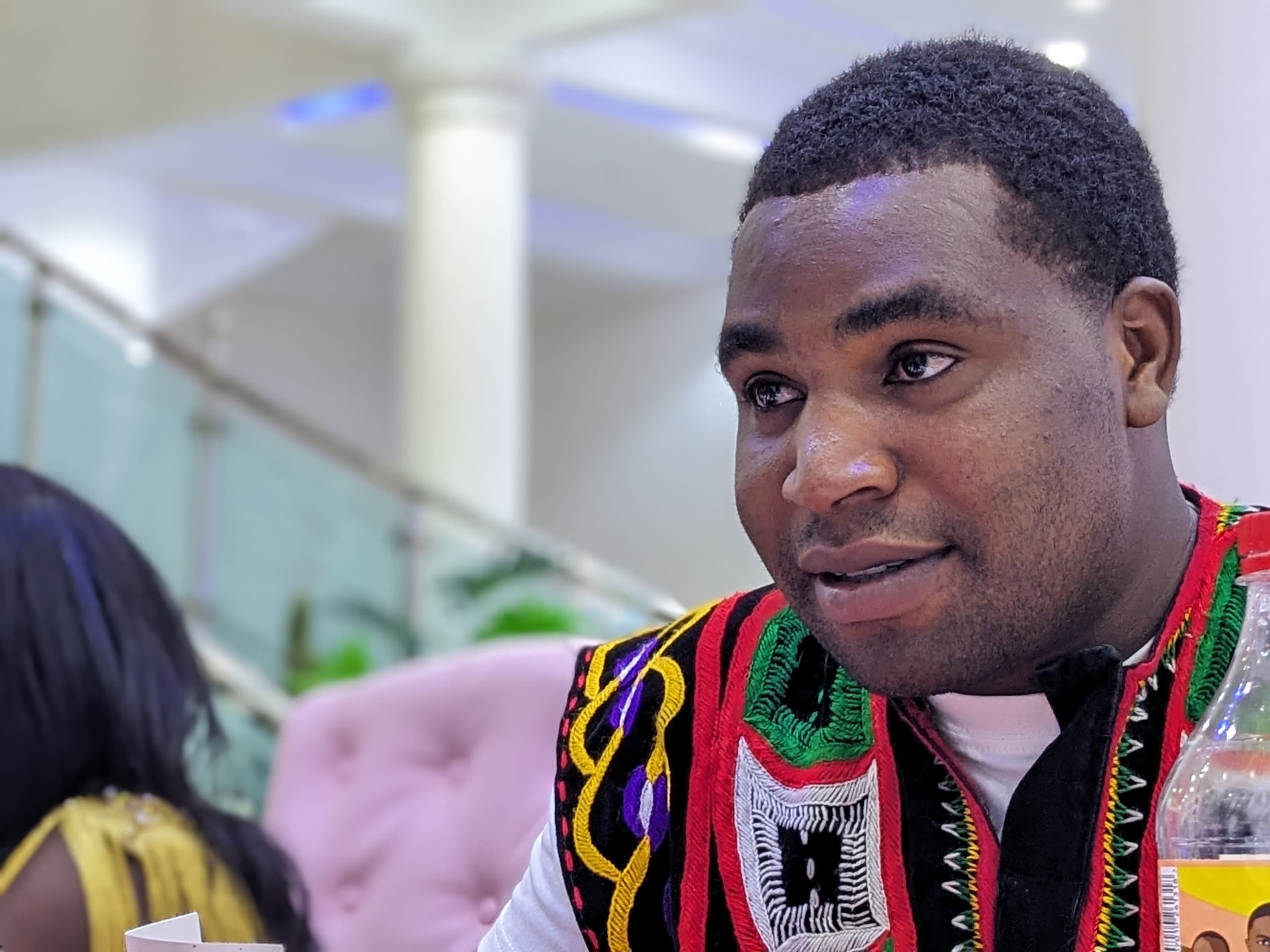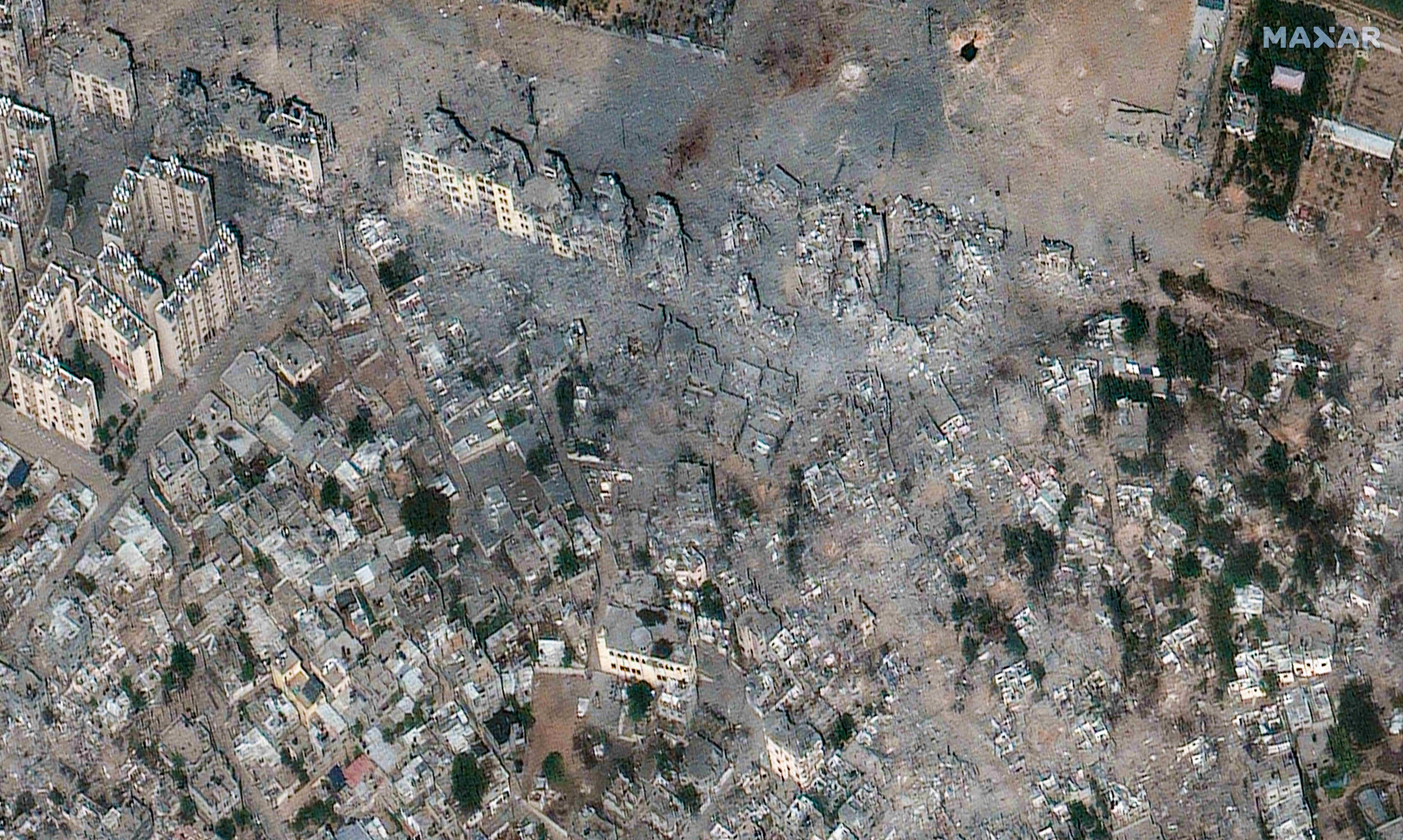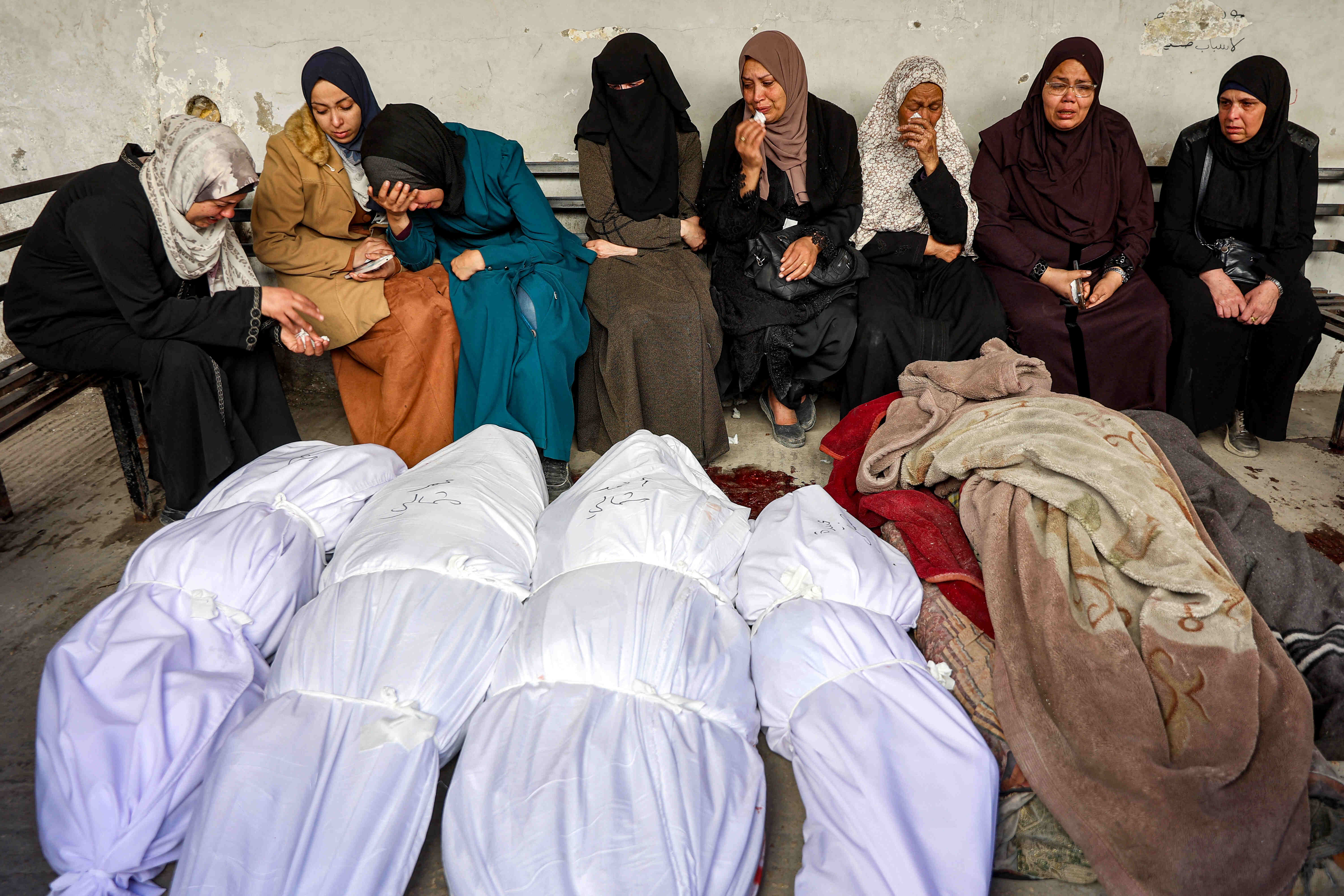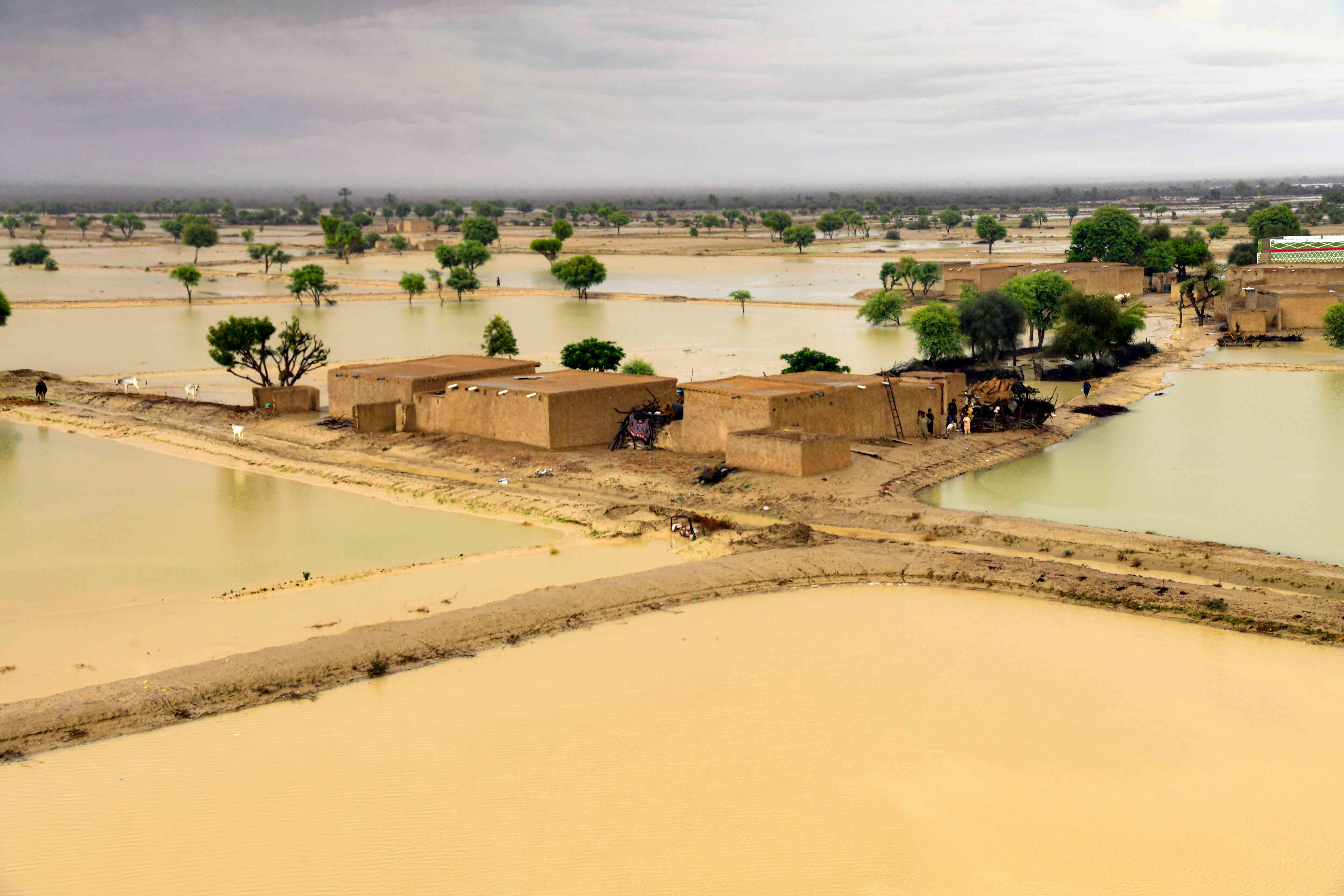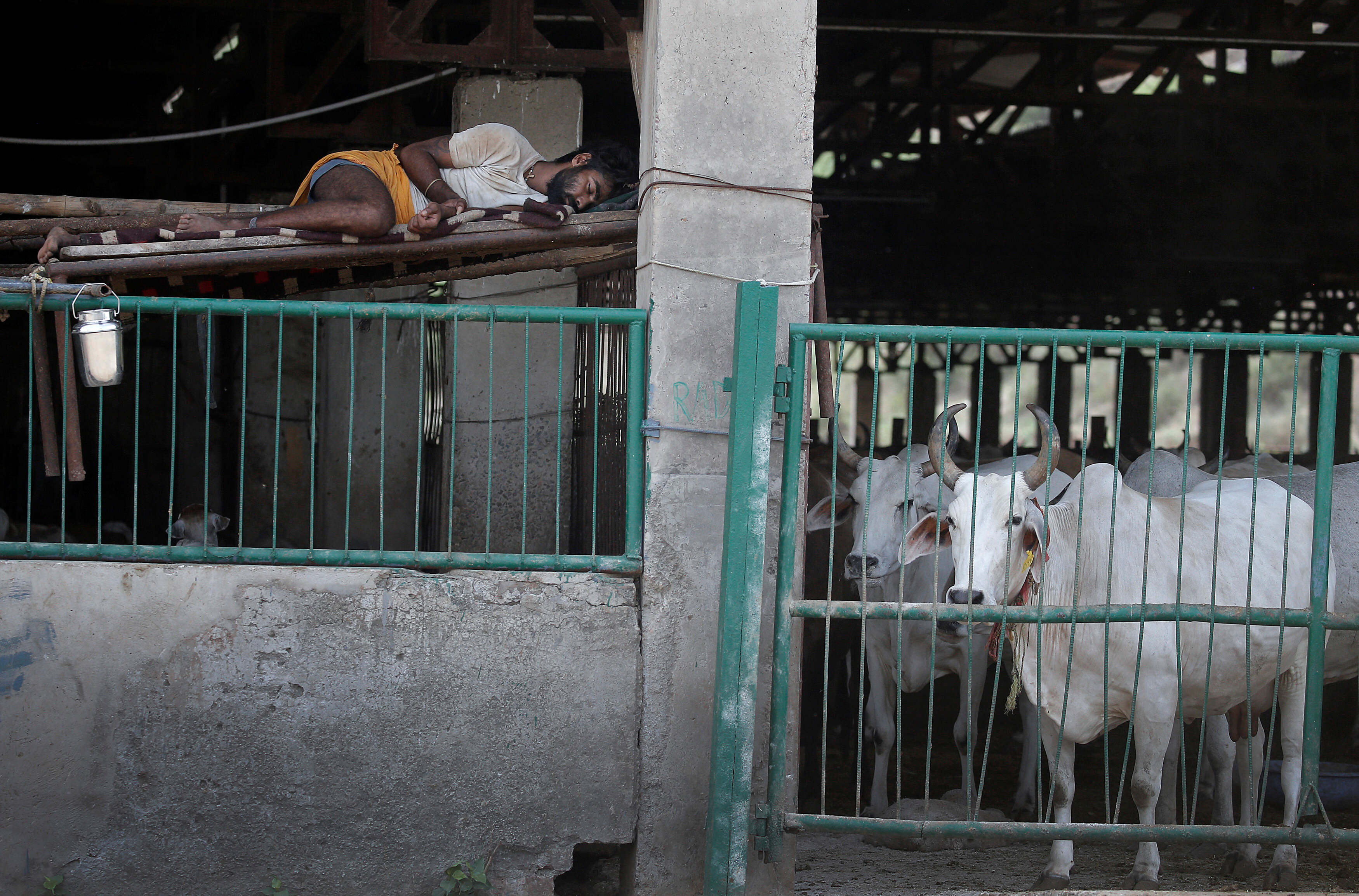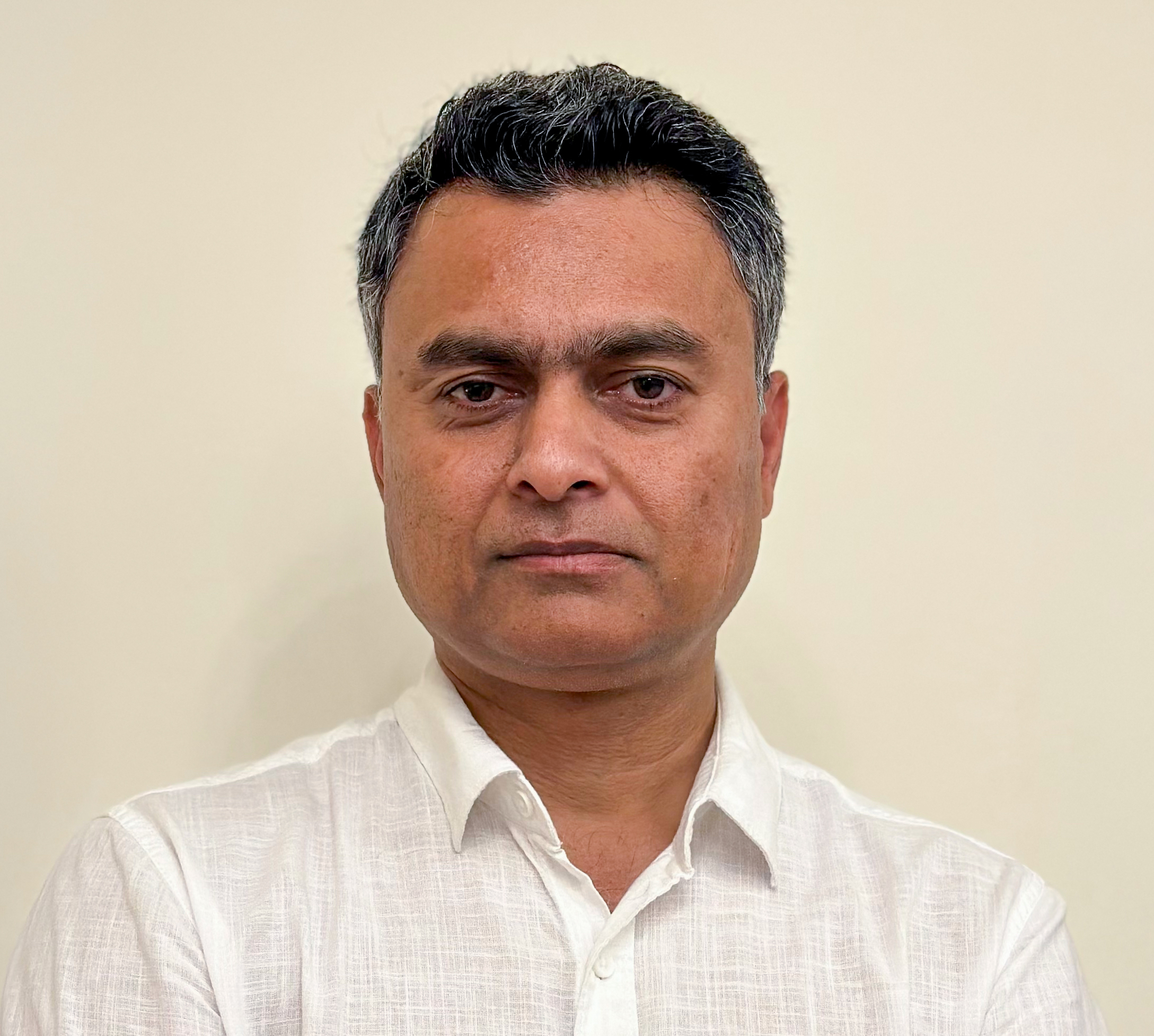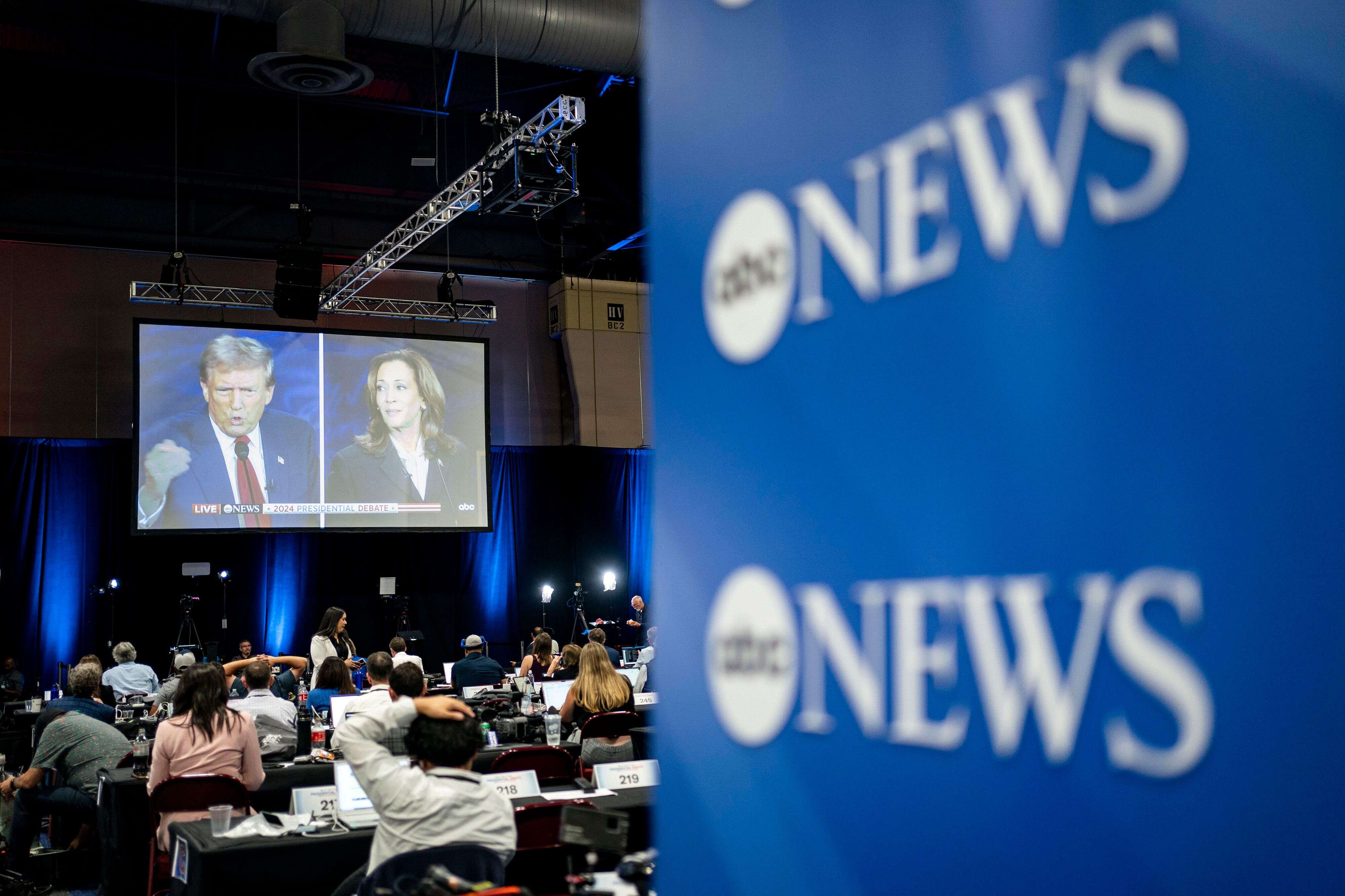على الرغم من أن مواقع التواصل الاجتماعي ظهرت في منتصف العقد الأول من الألفية الجديدة، فإن الربيع العربي، الذي انطلق في نهاية العام ٢٠١٠، يعدّ -ربما- أول احتكاك مباشر بين الصحافة ومنصات التواصل الاجتماعي، بشكل ولد أسئلة كبرى حول كيفية تعامل الصحافة ونشر المحتوى على هذه المنصات الجديدة.
ففي اللحظات التي سبقت انطلاق شرارة المظاهرات في دول الربيع، كان "الميدان" -بمفهومه التقليدي لدى الصحفيين- خاليًا من أي إرهاصات تنبئ بما سيحدث بعد أيام أو أسابيع قليلة. أما منصات التواصل الاجتماعي كانت ساحة تظاهر افتراضية ضخمة، ضجت بـ "مليونيات" من النقد والخوض في الشأن السياسي، وتجلّت بدعوات التظاهر لإسقاط الفساد والاستبداد.
فتحت هذه الحالة الباب أمام عشرات الإشكاليات المهنية، وأنذرت ببدء عصر جديد في الصحافة، ينطلق بشكل جوهري من تغير "الميدان" وانزياحه لمنصات التواصل الاجتماعي أكثر من الشارع، وهو ما طرح أسئلة كبرى حول الأخلاقيات الجديدة للتعامل مع هذا المستجد، والحاجة الملحّة لوضع قواعد أخلاقية جديدة، وتطوير أخرى، انطلاقًا من هذا الانزياح الجوهري.
لقد وجدت دراسة (1) أجريت على عدد من المحررين والصحفيين في مؤسسات إعلامية مختلفة، أن "الصحفيين والمحررين ومنتجي الأخبار يفتقدون للأدوات المعرفية التي تمكنهم من التعامل مع المعضلات الأخلاقية الجديدة عند تعاملهم مع المنصات الرقمية ومنصات التواصل الاجتماعي في عملهم الصحفي، والتي لم يتم التطرق لها في القوانين ومدونات السلوك المهني الحالية".
لذا، سيحاول المقال تسليط الضوء بشكل مكثّف، على أبرز التحديات التي فرضتها وسائل التواصل الاجتماعي، وغيرها من التقنيات الجديدة، على القواعد الأخلاقية للعمل الصحفي، إلى جانب الكيفية التي من خلالها يمكن لوسائل الإعلام والصحفيين على حد سواء، فتح نقاش حول سن قواعد أخلاقية جديدة تتناسب والطبيعة الديناميكية (المتغيرة) لهذه المنصات، وبطريقة تضمن محافظة الممارسات الصحفية على قواعدها الأخلاقية.
الخوارزميات.. "الأخ الكبير" الذي يُشاهد
طوّرت شركات التواصل الاجتماعي، على مدى السنوات الماضية، كثيرًا من قواعدها في عرض المحتوى، وتحديدًا بعد دخول العنصر الإعلاني الذي استلزم جذب أكبر قدر من الجمهور وإبقائه عليها أطول فترة ممكنة. هذا الإجراء كان بغرض واحد، هو إعطاء الفرصة للشركات لعرض أكبر قدر من الإعلانات المدفوعة. وهكذا، استحدثت خوارزميات جديدة لعرض المحتوى، تتماشى مع المعطى السابق منطلقة من فهم سلوك المستخدمين تجاه المحتويات المختلفة، وبناء على ذلك تقوم بعرض المحتوى الذي يتناسب مع السلوك ومع تفضيلات المستخدمين بشكل عام.
السؤال الأخلاقي الجوهري الذي تطرحه الخوارزميات هو قدرتها على التحكم في طبيعة المعلومات المتدفقة للجمهور، لا سيما أنها تتغير بشكل دائم، ولا توجد شفافية من قبل الشركات في عرض آليات عملها. على هذا الأساس، أصبح للخوارزميات القدرة على تحديد الجمهور الذي سيتلقى محتوى الوسيلة الإعلامية بناء على عوامل مركّبة ومعقدة.
يقودنا ذلك لطرح سؤال آخر حول مدى تأثر اهتمامات الصحفيين أنفسهم بما يتعرضون له يوميًا من محتويات على منصات التواصل الاجتماعي. فالصحفي، كغيره من المستخدمين، يقوم في بعض الأحيان بممارسة تحيّزاته الشخصية عند تصفحه لمنصات التواصل، وهو التحيّز الذي تستوعبه الخوارزميات، وتقوم بناءً عليه بعرض المحتوى الذي يتناسب معه؛ أي تفضيلات الصحفي من مواضيع.
قد يؤدي الأمر إلى أن يدخل الصحفي "غرفة صدى" تبقيه بعيدًا عن الاطلاع على اهتمامات الجمهور المختلفة في بعض الحالات، وبالتالي إعداد القصص وفقا لتلك الاهتمامات. فكيف يمكن للصحفي أن يأخذ "المسافة" عند تحليله لاهتمامات الأفراد على منصات التواصل؟
يرى البعض أن "الترند" أو الوسوم الأكثر تداولًا تفي بالغرض بعض الشيء في إعطاء لمحة عامة عن اهتمامات الجمهور، إلا أنها، هي أيضًا، لم تسلم من التدخلات التي تجعلها غير واقعية بالضرورة. فمن عمليات التلاعب بالوسوم والتغريد من الحسابات الوهمية "Bots" يتصدر وسم على ما يصنف أنه أكثر تداولًا ويختفي آخر عبر هذا التلاعب، أو ما أصبح يُعرف بالذباب الإلكتروني. فهل فعلًا تعكس الوسوم الأكثر تداولًا ترتيب القضايا التي يهتم بها الرأي العام؟ وهل يمكن للصحفي التسليم بهذا المعطى في بناء قصته الصحفية؟
وفي هذه النقطة، يرى "مايك أناني"، أستاذ الصحافة في جامعة كاليفورنيا الغربية USC، أنه ولغاية البدء بعملية تقييم أخلاقي لعمل الخوارزميات، يجب وضع إطار عمل يمكنه فهم وتحليل الديناميكيات التي تعمل الخوارزميات وفقها؛ سعيًا لفهم الإشكاليات الأخلاقية التي تطرحها على العمل الإعلامي. ولأن الخوارزميات تتميز بتغيرها المستمر، فإنه يجب وضع آلية عمل يمكنها التعامل مع تلك التغيرات ومراقبتها، ومن ثم الخوض فيها تحليلًا للخروج بقواعد تقيم طريقة التعامل معها بشكل أخلاقي (2).
الشفافية كـ "موضوعية جديدة"
مع دخول الإنترنت وما تبعه من إنشاء لمنصات تواصل اجتماعي، انتشرت، بشكل هائل، المواقع والصفحات الإعلامية التي تدعي أنها تمارس صحافة رصينة، بينما في الواقع أن كثيرًا منها بعيد عن العمل الصحفي الرصين وقريب من العمل الدعائي أو توظيف العمل الصحفي لغايات تجارية بحتة.
وهكذا، اختلط على الجمهور المنصات الصحفية المهنية الرصينة مع تلك التي تمارس عملًا دعائيًّا مغلفًا بلبوس صحفي، فضلًا عن كم الأخبار الزائفة التي تنتشر أكثر من الأخبار الصحيحة في كثير من القضايا. إنه خلط ساهم في تراجع ثقة الجمهور بالمؤسسات الصحفية ككل، وانعكس سلبًا على المؤسسات الصحفية المهنية.
ولتدارك هذه الأزمة، تقترح أستاذة الصحافة في جامعة سيتي في لندن، جين سينغر (3)، أنه على المؤسسات المهنية أن تمارس شفافية أكبر مع جمهورها حول أساليب عملها، لا سيما مع دخول خاصية التفاعلية مع الأخبار خلال العقدين الأخيرين. أول المقترحات هي أن يفسر الصحفيون القرارات الأخلاقية التي يتخذونها خلال عملهم على القصص الصحفية، لإشراك الجمهور والمساهمة في تثقيفه بالمعايير المهنية الإعلامية، إضافة إلى فتح نقاش عام حول الممارسات المهنية الصحفية مما يساعد الجمهور على الحكم بشكل أفضل على المحتوى الذي يتابعونه.
كما تقترح سينغر، ضرورة اعتراف المؤسسات بالأخطاء التي ترتكبها والاعتذار عنها وتوضيح الأسباب وراءها مما يساهم في فهم الجمهور لشكل العمل واستيعاب الخطأ. لكن اقتراح سينغر، يختلف معه مارسيل بروريزما (4)، الذي يرى أن ممارسة مؤسسات الإعلام المهنية هذا النوع من الشفافية والمكاشفة، سيقوّض مصداقيتها بسبب وقوعها في الأخطاء، وهو ما سيجعل الجمهور متشككًا بشكل دائم من كل ما تنشره وسائل الإعلام، وأن كل مادة إعلامية ستبقى حقيقة مؤقتة لا يمكن البناء عليها. طرح "بروزيرما" يثير نقطة لها وجاهتها؛ ففي الوقت الذي تمارس فيه تيارات سياسية واقتصادية حملات تضليل ممنهجة هدفها تقويض قيمة الصحافة ككل، تظهر حساسية إبقاء ثقة الجمهور بآخر ما تبقى من المؤسسات الصحفية الرصينة، ومحاولة تقويض تلك المهنية في عيون الجمهور ربما ستدق مسمارًا جديدًا في نعش المصداقية الصحفية.
أخلاقيات الترويج المدفوع للمحتوى الصحفي
مع تنامي انتشار مواقع التواصل الاجتماعي، كان لا بد للمؤسسات الصحفية من الدخول إلى هذه المساحة الجديدة حيث تصل بها لجمهور أكثر تنوعًا وتحقق لعملها الصحفي انتشارًا أكبر. وبسبب الخوارزميات التي عادة ما تُحدد وصول المحتوى للجمهور، ولغاية تحقيق الشركات أكبر عائد مادي ممكن، أصبح انتشار المحتوى محكومًا، في كثير من الأحيان، بضرورة دفع أموال لتوجيهه نحو الجمهور المعني بكل قصة صحفية.
هذا الترويج المدفوع للمحتوى، يُشكل متغيرًا جديدًا في عُرف العمل الصحفي، ولذلك يستدعي وجود قواعد أخلاقية تؤطر معايير ترويج المحتوى. في دراسة (5) أجريت على 40 ميثاقًا أخلاقيًا في مجالات التواصل والإعلان والصحافة في فنلندا والولايات المتحدة المتعلقة بالترويج المدفوع للمحتوى على المنصات الرقمية؛ فإن 8 مواثيق فقط من أصل 40 تطرقت لجانب الترويج المدفوع للمحتوى، وهي نتيجة ذهبت فيها الدراسة للإيمان بضرورة أن الفائدة المتحققة من عملية ترويج المحتوى ستكون مهددة في ظل غياب ميثاق أخلاقي موحد ينظّم هذه العملية.
ومن هنا، يمكن طرح العديد من الأسئلة الأخلاقية المرتبطة بعملية الترويج المدفوع للمحتوى؛ فهل يجوز للمؤسسات الصحفية ترويج مقالات الرأي في الوقت الذي تعلن فيه أنها "لا تعبر بالضرورة عن موقفها التحريري"؟ وما هي أنواع المواد الصحفية التي يجوز مهنيًا وأخلاقيًا الدفع لترويجها؟ إضافة لسؤال الشفافية الذي يتطلب إفصاح المؤسسات الصحفية عن المعايير التي تستند عليها في تحديد جمهورها المستهدف لكل محتوى صحفي يتم ترويجه بشكل مدفوع، وما هي الأسس التي استندت عليها في عملية تحديد الجمهور؟ وغيرها من الأسئلة التي تتولد من هذه الحالة الفريدة التي فرضتها قواعد وصول المحتوى الموضوعة من شركات مواقع التواصل الاجتماعي.
استخدام المحتوى الذي ينتجه المستخدم (UGC)
مع انتشار منصات التواصل الاجتماعي، تحول المحتوى الذي ينتجه المستخدمون، إلى مصدر رئيسي من مصادر القصة الصحفية، حيث أصبح الصحفيون يعتمدون عليه، بشكل كبير، في إنتاج القصص الصحفية. بل وخُلق نوع جديد من المواد الصحفية التي تتخصص، حصرًا، في رصد المحتوى، أو برامج تلفزيونية متخصصة مثل برنامج "نشرتكم" على قناة الجزيرة.
غير أن التعامل مع المحتوى دون ضوابط استنادًا على معايير أخلاقية واضحة، قد يؤدي إلى وقوع الصحفي في انتهاكات مهنية عميقة، بدءًا من الوقوع في فخ الترويج لأخبار زائفة، أو الآلية المستخدمة للوصول للمحتوى، وصولًا لمرحلة تهديد سلامة الأشخاص منتجي المحتوى في حال تم استخدامه بشكل غير مهني. هل ثمة معايير موضوعية تضمن التوازن في عرض المحتوى لا سيما الذي يحمل وجهات نظر حول قضية معينة؟
لذا، فإن التعامل مع المحتوى الذي ينتجه المستخدم، يحتاج من المؤسسات الصحفية وضع معايير مهنية توضح نطاق تعامل الصحفيين معه، والكيفية التي يستخدمونها بها، بشكل يضمن التزامهم بمبادئ الصحافة المهنية كضمان نقل الحقيقة وعدم إلحاق الأذى والتوازن في عرض وجهات النظر وغيرها.
وتعرض ورقة بحثية (6) درست طريقة تعامل الصحفيين العاملين في الغارديان البريطانية مع المحتوى الذي ينتجه المستخدم UGC، أبرز التحديات المهنية والأخلاقية التي تواجه الصحفيين عند تعاملهم مع هذا النوع من المحتوى، وتتطرق للنقاشات المهنية والأخلاقية التي تدور في غرفة أخبار الغارديان عندما يتعلق الأمر بالتعامل مع محتويات المستخدمين على منصات التواصل الاجتماعي.
ختامًا، فإن التحول الرقمي الذي شهدته الصحافة، وارتباط عملها، بشكل كبير، مع منصات التواصل الاجتماعي، خلق مجموعة من التحديات الأخلاقية الجديدة والأصيلة التي لا يوجد لها تنظير كافٍ في أدبيات الأخلاقيات الصحفية. لقد أفضى ذلك إلى خلق حاجة ملحة لوضع قواعد أخلاقية جديدة للتعامل معها، انطلاقًا من المعايير الأساسية للعمل الصحفي الأخلاقي.
ولأن هذه التحديات، تتميز بتغيرها السريع وتطورها بشكل متسارع، فإنه يستلزم من المؤسسات الصحفية إنشاء آليات ديناميكية متطورة تضمن بقاء الممارسات الصحفية ملتزمة بالمعايير الأخلاقية خلال مواكبتها للتطورات التقنية والتحريرية التي تشهدها طريقة إنجاز وعرض القصة الصحفية.
تتطلب هذه التطورات نقاشًا مستمرًا داخل غرف الأخبار حول العالم، لضمان الحفاظ على قيمة الصحافة المهنية كمصدر أساسي للحقيقة، وضمان استمرار ثقة الجمهور بها في عصر اختلطت فيه المفاهيم وأصبحت الحقائق "وجهة نظر".
المراجع:
-
Ikonen, Pasi, Vilma Luoma-Aho, and Shannon A. Bowen. "Transparency for sponsored content: Analysing codes of ethics in public relations, marketing, advertising and journalism." International Journal of Strategic Communication 11, no. 2 (2017): 165-178.
-
Ananny, Mike. "Toward an ethics of algorithms: Convening, observation, probability, and timeliness." Science, Technology, & Human Values 41, no. 1 (2016): 93-117.
-
Broersma, Marcel. "A refractured paradigm." Rethinking journalism: Trust and participation in a transformed news landscape 28 (2013).
-
مصدر سابق رقم ١
-
Singer, Jane B., and Ian Ashman. "“Comment is free, but facts are sacred”: User-generated content and ethical constructs at the Guardian." Journal of mass media ethics 24, no. 1 (2009): 3-21.
